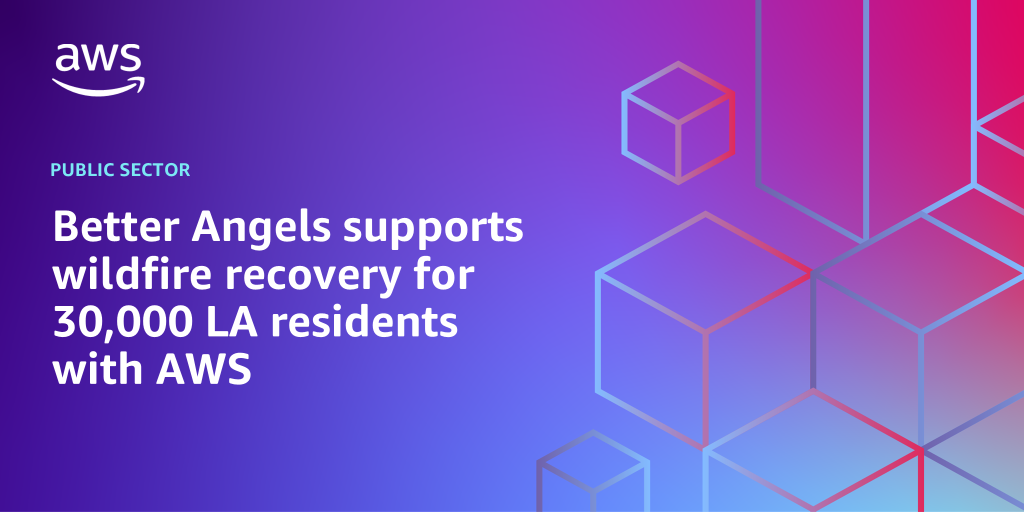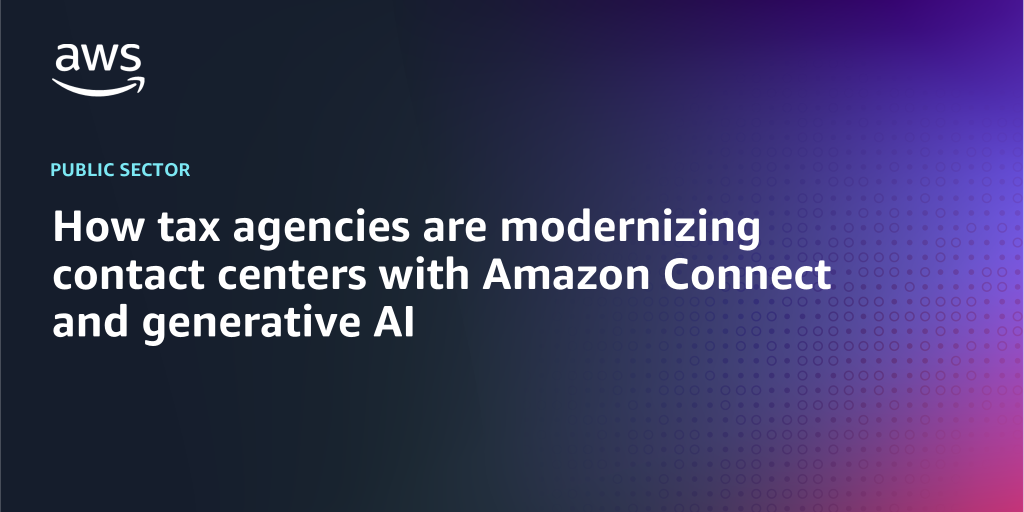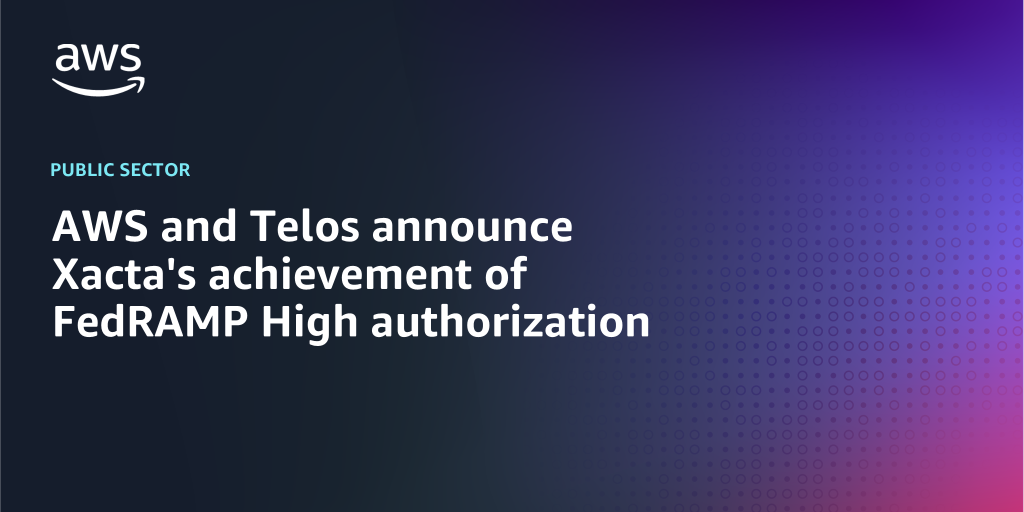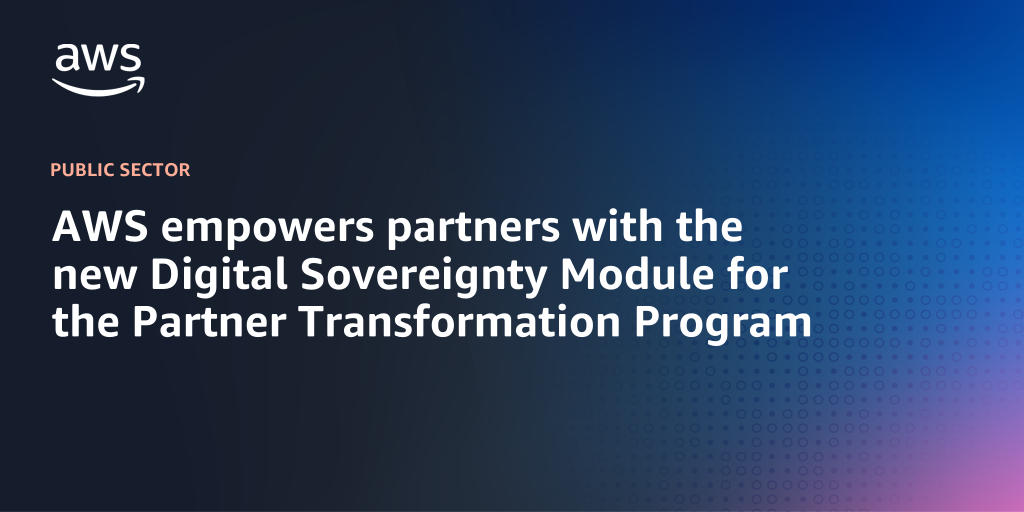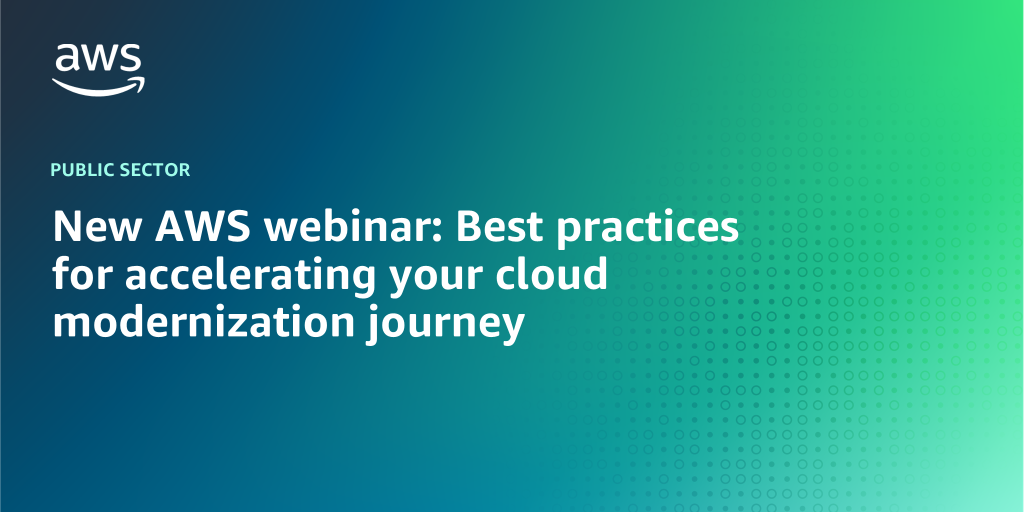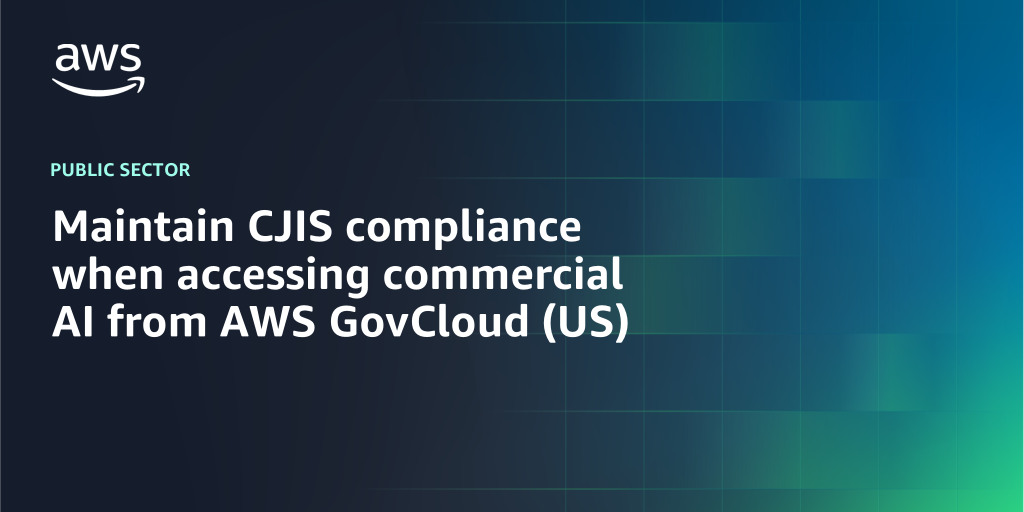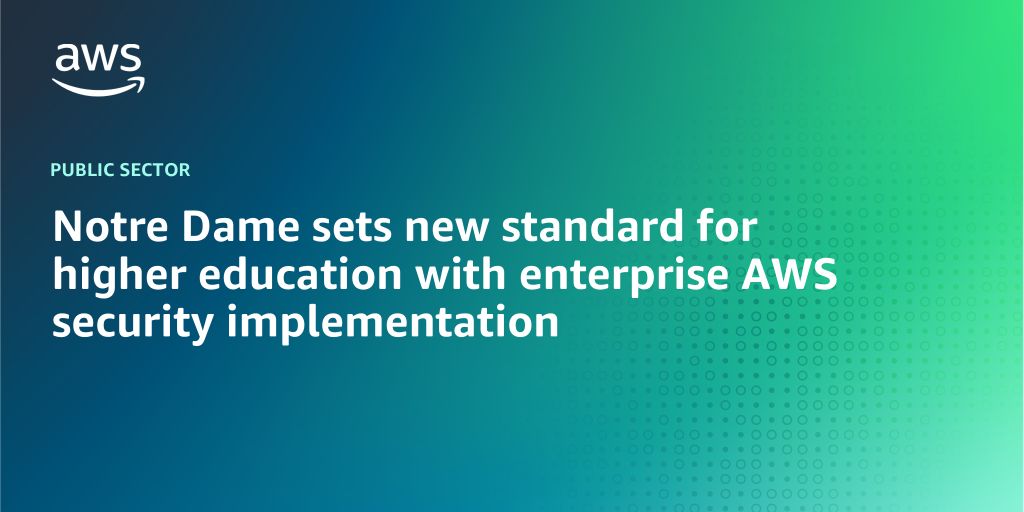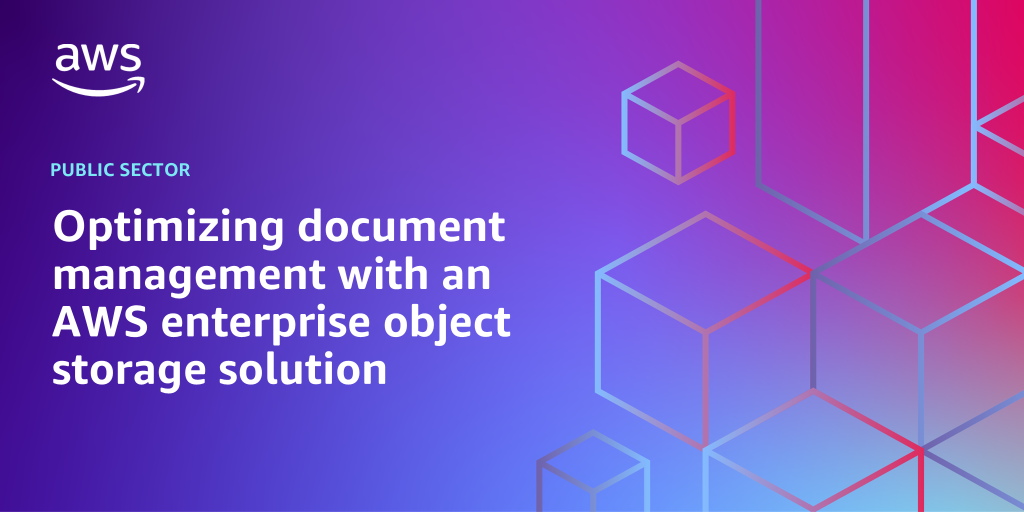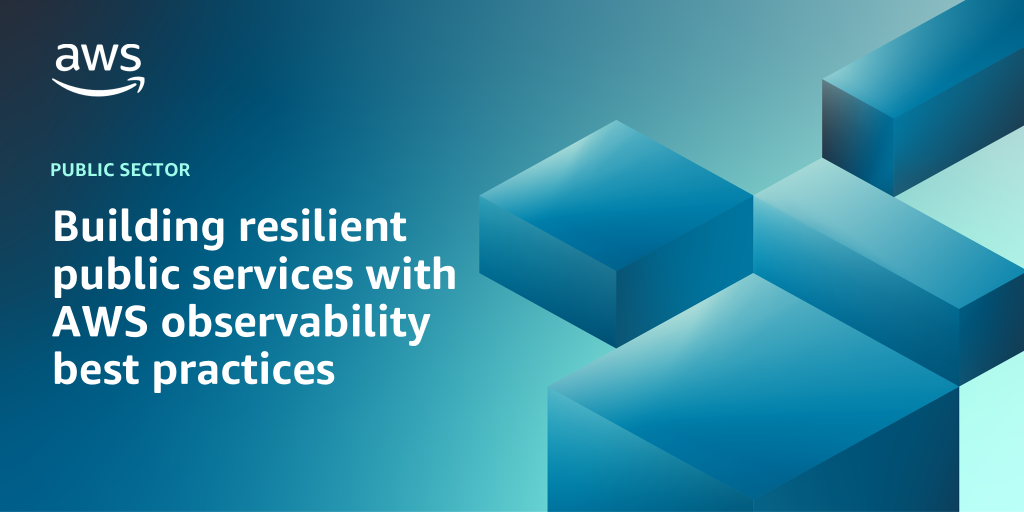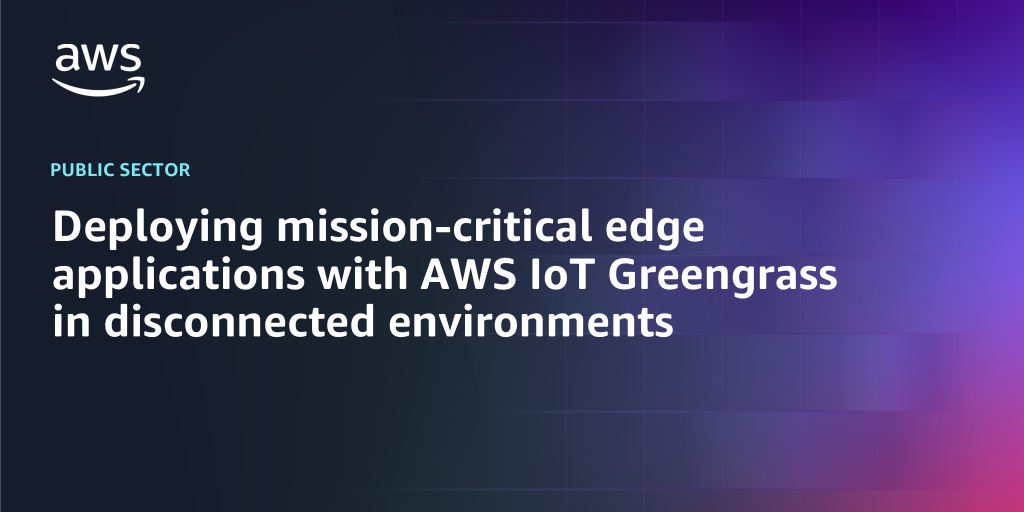AWS Public Sector Blog
Better Angels supports wildfire recovery for 30,000 LA residents with AWS
For the thousands of residents displaced or impacted in Los Angeles, navigating resource applications, aid forms, and ever-changing information is a daunting task that can delay them from getting back on their feet. Read this post to learn how Better Angels launched the LA Disaster Relief Navigator—in partnership with Imagine LA—to transform disaster recovery from a reactive process into a proactive, community-informed response. Using the agility and scale of AWS, Better Angels built a resilient digital platform that generated approximately 6,000 personalized recovery plans, directly reaching nearly 30,000 people in need.
How tax agencies are modernizing contact centers with Amazon Connect and generative AI
This blog post explores how the Alabama Department of Revenue (ALDOR) and the Wisconsin Department of Revenue (Wisconsin DOR) are using AWS applications and services to modernize their contact centers to improve resilience, reduce costs, and scale support for the communities they serve.
AWS and Telos announce Xacta’s achievement of FedRAMP High authorization
AWS and Telos are pleased to announce that Xacta, a leading cyber governance, risk, and compliance (GRC) platform, has achieved Federal Risk and Authorization Management Program (FedRAMP) High authorization—the program’s highest security level. This achievement validates Telos’s partnership with AWS in delivering enterprise-grade security solutions for US public sector organizations and regulated industries, providing the tools needed to efficiently manage security compliance—from initial assessment through continuous monitoring.
AWS empowers partners with the new Digital Sovereignty Module for the Partner Transformation Program
Today, AWS announced the launch of its new Digital Sovereignty Module as part of the AWS Partner Transformation Program (PTP). The module is designed for AWS Partners looking to build digital sovereignty offerings, helping them support public sector and regulated industries customers address their data residency and compliance requirements on AWS. Read this post to learn more.
New AWS webinar: Best practices for accelerating your cloud modernization journey
If your public sector organization has been weighing the benefits of cloud migration against concerns about security, costs, skill gaps, or the effort required, a recent BrightTALK webinar offers a roadmap forward. In “Best Practices: Accelerating Your Cloud Modernization Journey,” Amy Wilson, migration and modernization specialist leader at Amazon Web Services (AWS), joined Scott Sinclair, practice director at Enterprise Strategy Group, to share practical strategies for migrating and modernizing on the AWS Cloud. Read this post to learn more.
Maintain CJIS compliance when accessing commercial AI from AWS GovCloud (US)
While Criminal Justice Information Services (CJIS)-compliant workloads can run in standard US AWS Regions, some Justice and Public Safety (JPS) agencies may choose AWS GovCloud (US) for their sensitive workloads. These organizations can securely access cutting-edge artificial intelligence (AI) models from AWS Standard US Regions through FIPS-validated endpoints ensuring that all data is securely encrypted with FIPS 140-3 encryption as required by CJIS. This access can maintain CJIS compliance through secure cross-partition connectivity.
Notre Dame sets new standard for higher education with enterprise AWS security implementation
The University of Notre Dame embarked on a journey to become the first US higher education institution to take a comprehensive, enterprise-wide approach to deploying AWS Web Application Firewall (WAF), AWS Shield Advanced, and AWS Firewall Manager across the entirety of their AWS infrastructure. This meticulous implementation also established a blueprint for other institutions to follow.
Optimizing document management with an AWS enterprise object storage solution
Public sector agencies need to modernize document management addressing risks and costs while complying with government security frameworks. An enterprise object storage (EOS) solution, built on Amazon Web Services (AWS), aims to deliver secure, cost-effective, and compliant storage with antivirus scanning, per-tenant encryption, and add-on features such as Federal Information Processing Standard (FIPS) 140-2 digital signing, full text search, and optical character recognition (OCR).
Building resilient public services with AWS observability best practices
In this post, we introduce AWS observability services, explore best practices for observability, and explain how to achieve them.
Deploying mission-critical edge applications with AWS IoT Greengrass in disconnected environments
Modern warfare has evolved into a data-driven domain where success often depends on the ability to collect, process, and act on information faster than adversaries. Whether it’s processing sensor data, coordinating autonomous systems, or enabling tactical communications, the edge has become a critical battlefield where decisions are made in real time.
